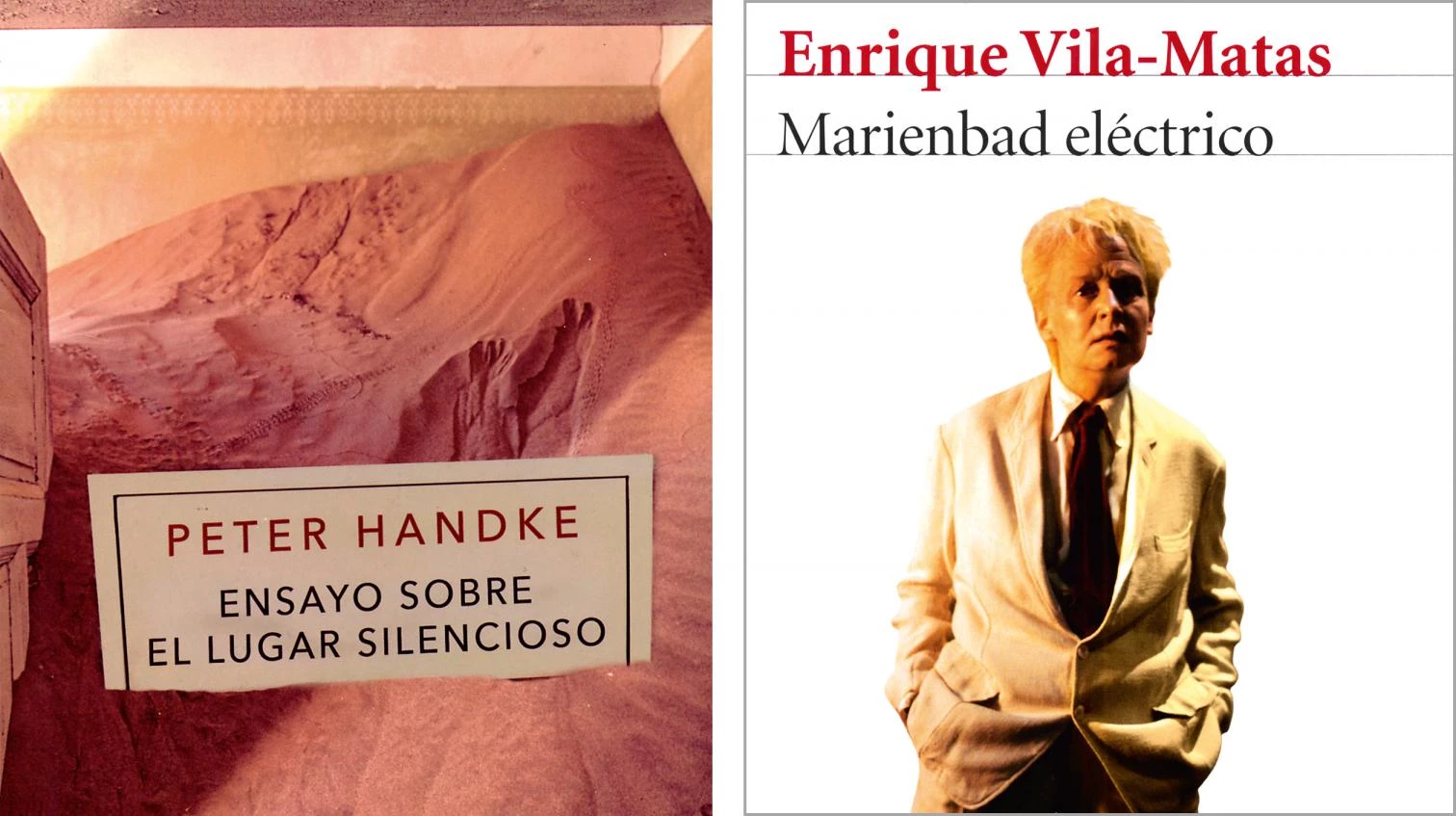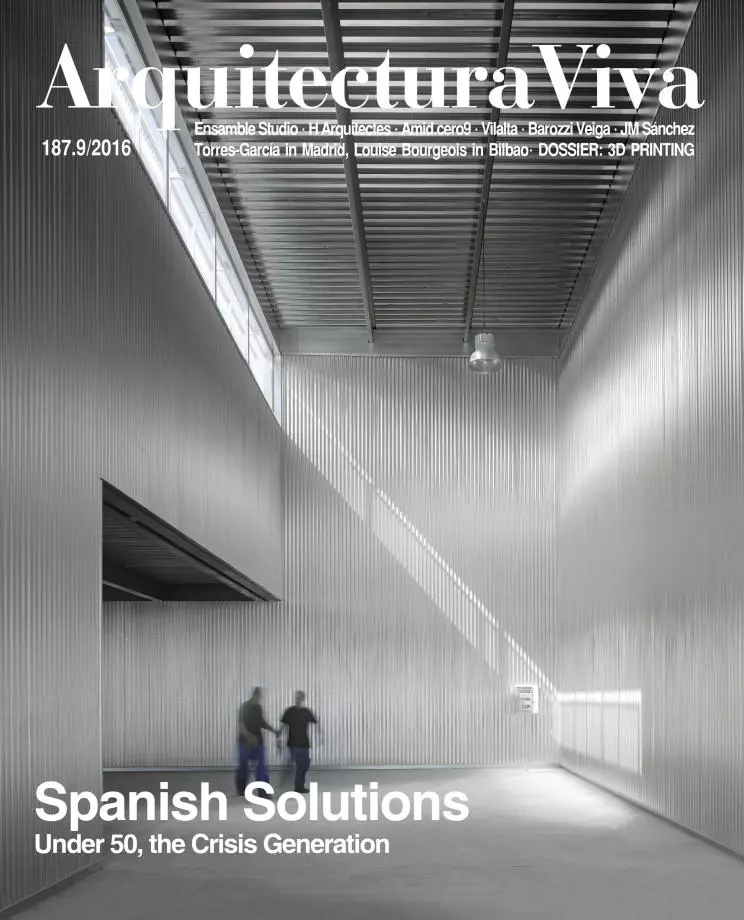
The latest essays by Peter Handke and Enrique Vila-Matas address architecture and art from unusual angles, but deliver less than we would expect from writers of their talent. The Austrian quotes Junichiro Tanizaki, whose In Praise of Shadows provided inspiration; but The Stillness of the Outhouse lacks the serene poetry of the Japanese, instead conveying a vague anguish that weaves a journey through the toilets of Handke’s life, places where he has looked for redoubts of solitude and silence. The Catalan writer, for his part, offers a book about his collaboration with the artist Dominique Gonzalez-Foerster, written at the request of his French publisher and put together routinely with the register of their e-mails and phone calls, spiced up with literary quotes, making us miss not only great books like Bartleby & Co., but also diversions like his first foray into the art world, The Illogic of Kassel.
‘Stillen Ort’ is a German euphemism for toilet, and Handke uses this term to stretch the scope of his essay to include other refuge places. But he began his project gathering material on bathrooms, and develops his text tapping his memory to extract personal experiences sewn together by the guiding thread of self-absorption, from the water closets of his childhood to the outhouse of a Japanese temple. In all of them he finds a universe of geometrical forms that merge the beauty of the necessary with the introverted emotion of enclosure. Always alert to the rumor of the everyday, and always lost in the labyrinths of his sensitivity, Handke has created an artifact of minute detail and impeccable literary texture.
Vila-Matas is no less meticulous in chronicling his relationship with the French artist, who declares herself a literary prisoner of a triangle formed by Vila-Matas, Roberto Bolaño, and W. G. Sebald. The volume takes its title from the Resnais film Last Year at Marienbad; however, the conversation between writer and artist is not guided by cinema but by literature, as Vila-Matas attributes their rapport to a shared appreciation of Conrad, Sterne, Roussel, Perec, Borges, Barthes, or Bioy. In the text we also find Rimbaud, Nabokov, Beckett, Cioran, Hölderlin, Tolstoy, Onetti, Burgess, Walser, Magris, Canetti, or Duras (not always correctly quoted, i.e., ‘Je est autre’ instead of ‘Je est un autre,’ the mythical line by Rimbaud), in an exasperating, extenuating, and ultimately unnecessary carrousel.
If Vila-Matas’s mosaic of references charts a map of his literary universe, the quilt of toilets stitched by Handke provides a pixelated map of his life journey. It is not, like Tanizaki’s book, an elegy for an aesthetic that is disappearing, but an exploration of Handke’s gaze in the fractured mirror of a cluster of outhouses, and his laconic, painful soul-searching inspires in the end more empathy than the overwhelming enthusiasm of Vila-Matas for the hermeticism of conceptual art. But it will be up to the readers, and time, to decide.







